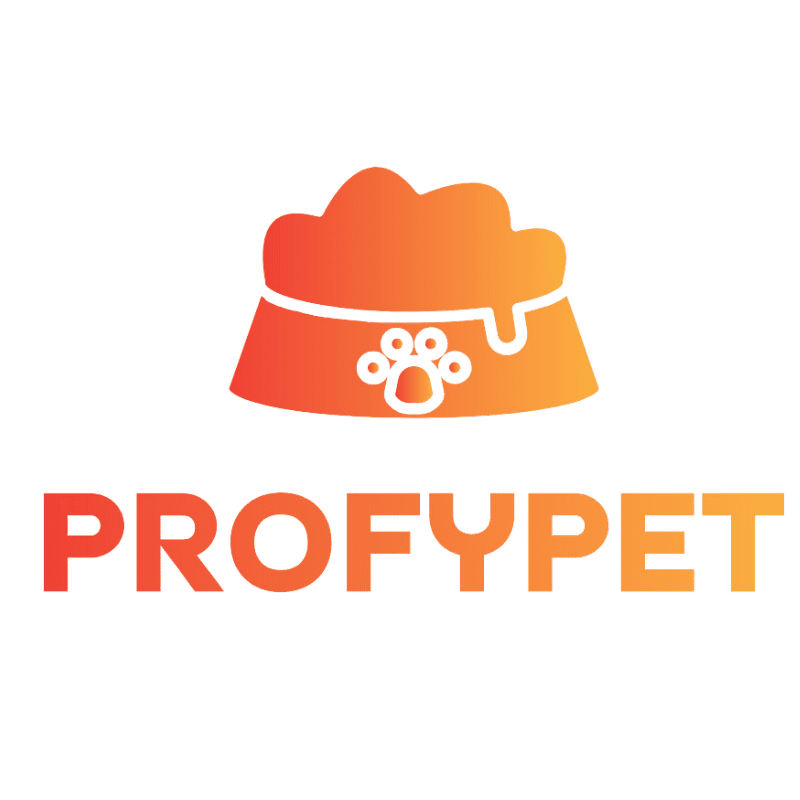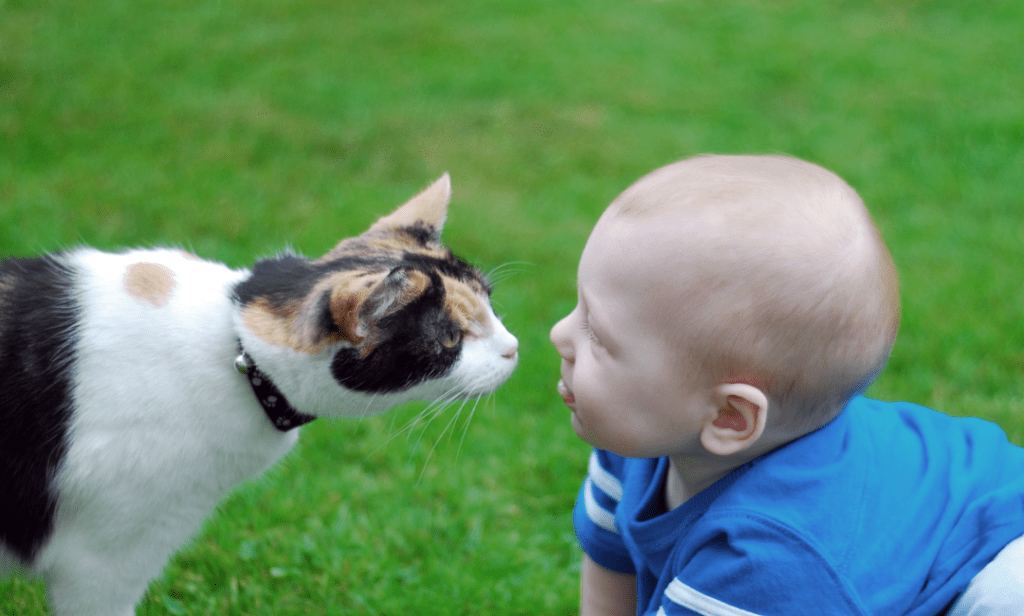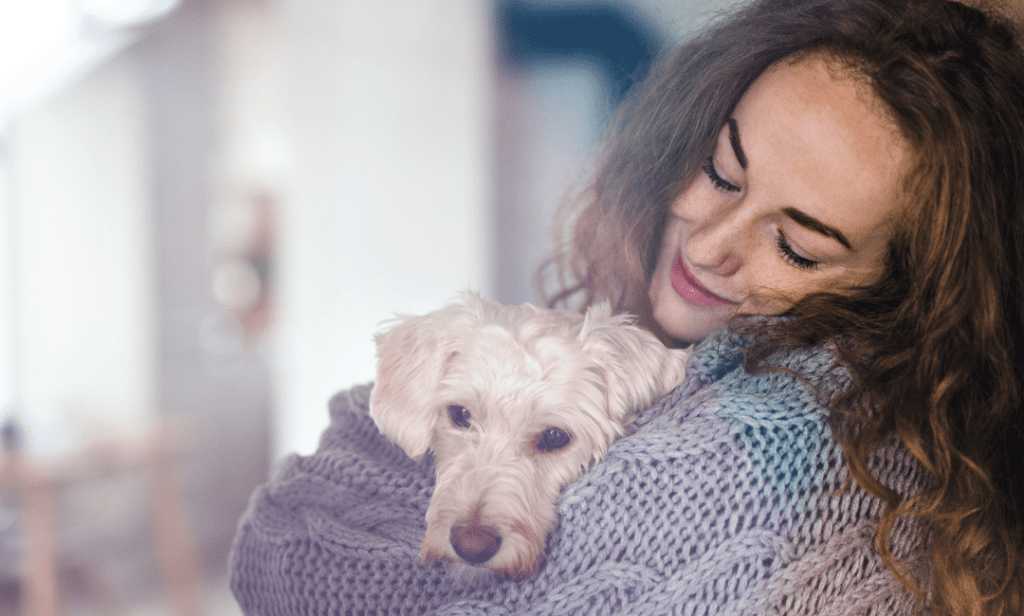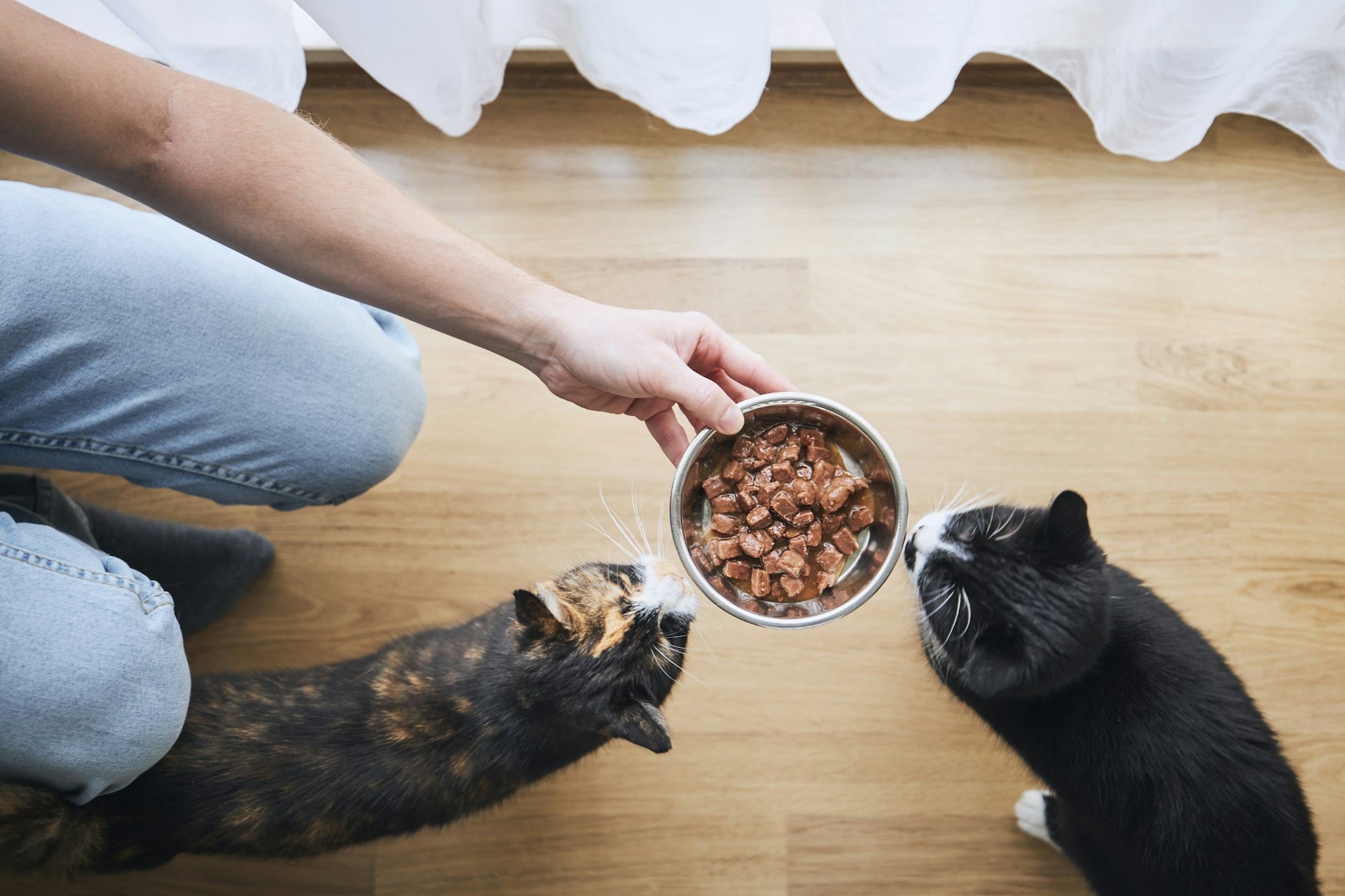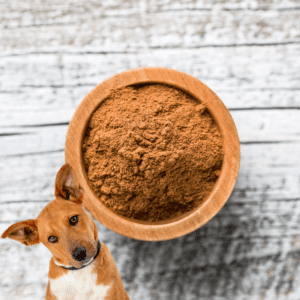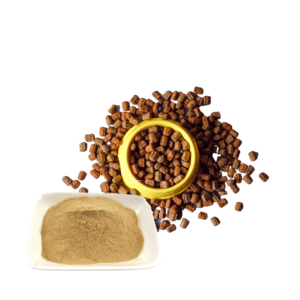Research progress on pet food palatability assessment methods
The raising of pets is different from raising livestock and poultry. The latter will consider raising time, feed cost, conversion rate, and additive drug residues emphasizing economic benefits. The raising of pets does not pursue economic benefits but pays more attention to the health and longevity of the pets themselves.

Effect of animal factors on palatability.
The influence of dog habits on palatability
Dogs have been domesticated for 15,000 years and are classified as carnivores in biological classification. Still, they are very mixed-feeding animals that can quickly eat a lot of food. The dog’s eating habits are opportunistic, eating anything it thinks is edible: carrion, other animal droppings, insects, berries, and grass, and chewing on bones, hides, and other animal parts. In the wild, any untrained dog will exhibit this behavior. Four primary glands in the mouth secrete the dog’s saliva. The saliva does not contain amylase. The sweat glands on the tongue are well-developed, and the taste function is weak. During the feeding process, the dog will secrete a large amount of saliva to lubricate and wrap the food and then Chews and swallows food quickly and regurgitates it away from others of its kind. The gastric acid content in the dog’s stomach is more than that of other animals. The intestinal wall is thicker and has a strong absorption capacity, so the dog’s feed formula should contain more animal protein and fat.
Studies have confirmed that dogs have more palatable preferences for beef and pork than chicken and lamb. The olfactory sensitivity of dogs is 1000 times that of human beings, and the discrimination of taste is almost completely dependent on the nose, so dogs rely on their sense of smell to distinguish smells and choose palatable food more than other animals. Therefore, the smell of pet food has a decisive influence on its palatability for dogs.
Effect of cat habits on palatability
Cats are nocturnal and withdrawn by nature. Cats have large canines, small incisors, premolars, and fleshy teeth on the tongue. A cat’s olfactory system is not as sensitive as a dog’s, but it is good enough to discern information about food, such as whether it is fresh and safe. Some scholars have observed that cats are predatory in eating and tend to eat food close to their body temperature. Cats do not behave like dogs to food. They are selective about food. Studies have found that cats especially like foods containing butter or chicken fat. Salivary glands in cats are similar in composition to dogs, produced by four primary glands, and do not contain amylase. Cats also have taste receptors similar to dogs but do not have functional sweet taste receptors, so cats cannot perceive sweetness, but cats are sensitive to sour taste. The activity of cystesulfinic acid decarboxylase (CSAD) in cats is very low, and CSAD is the key raw material for the synthesis of Taurine. The lack of Taurine will cause retinal degeneration and even blindness in cats, so cats must contain a certain amount of Taurine above. To a certain extent, cats can be said to be “prey-driven” animals. This behavior is generally reflected in large carnivores. Although cats have been domesticated for thousands of years, this primitive feeding habit is still preserved. Therefore, compared with dogs, cats’ palatability requirements for food should focus on acidity, temperature, and freshness.
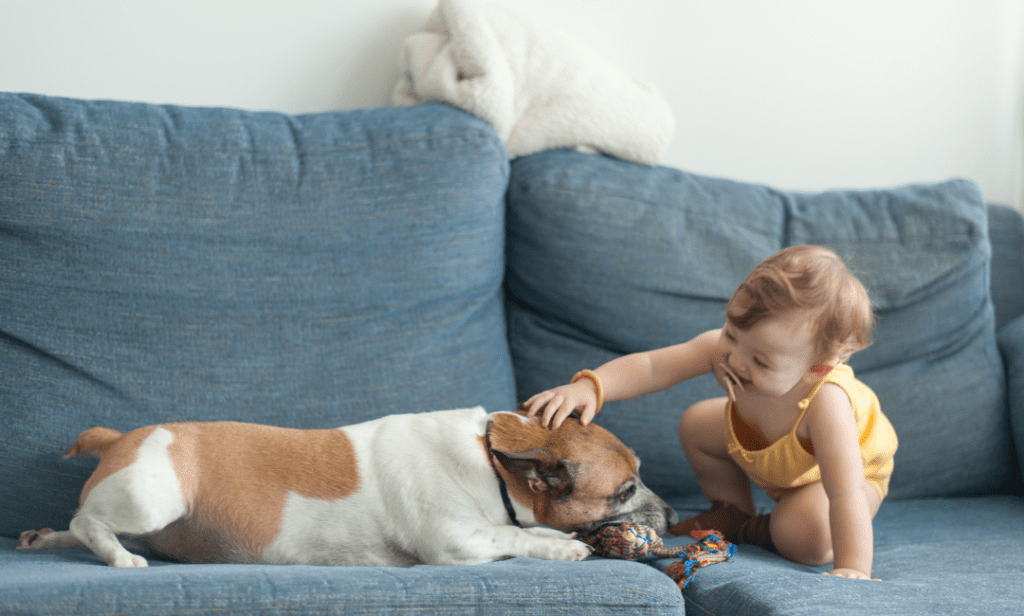



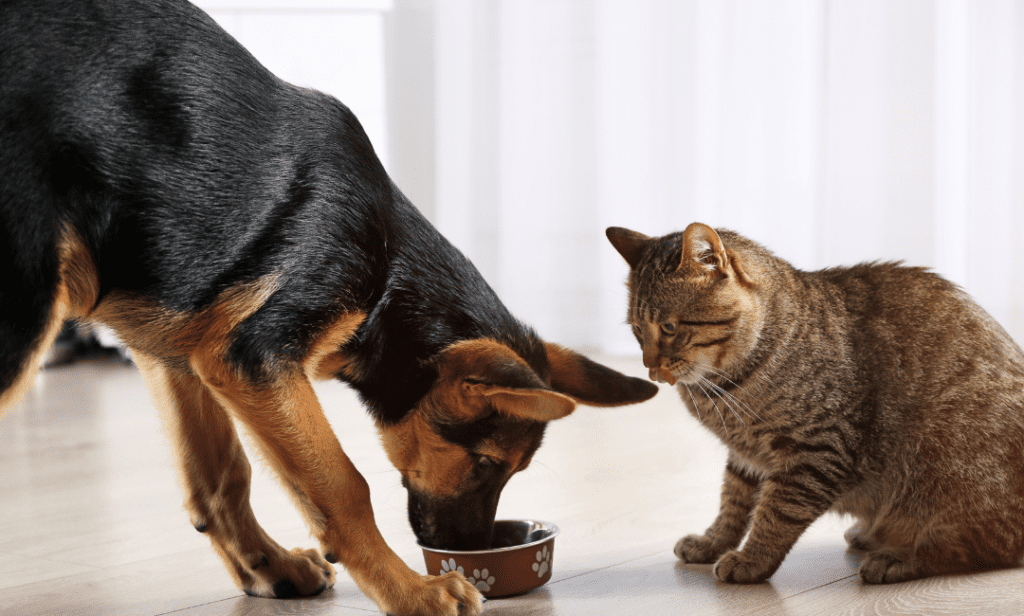
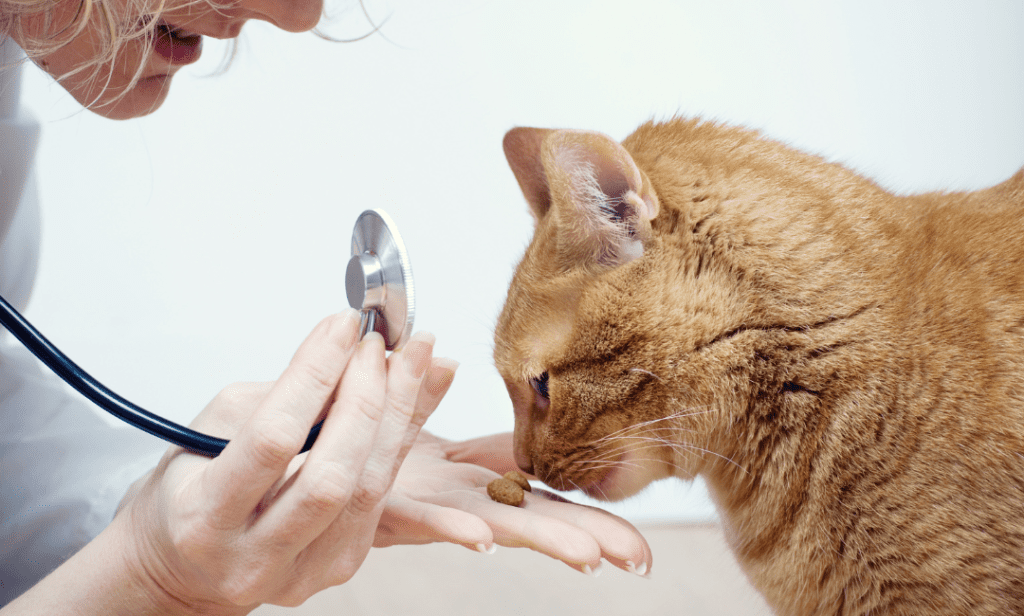
Comparison of palatability of dogs and cats
Animal palatability test method
Palatability is an animal’s acceptance of food or a measure of an animal’s preference for food. Animals associate food with senses and physiology, and this response are primarily determined by taste (the combination of taste and smell receptors in the mouth, nose, and throat cavities). The National Research Council of the United States defines palatability as “physical and chemical characteristics that promote or inhibit further feeding behavior in animals, either before or after feeding.” From the perspective of animal feeding behavior, palatability includes absorption behavior before and after feeding, disgust, and satiety. This extends palatability to a more holistic view that includes factors such as total food volume, sequential exposure, animal factors and timing, and human and environmental influences.
Currently, the palatability test methods for dogs and cats are divided into two categories: a non-consuming test (also known as a reward test) and a consumption test. The typical non-consumption test is the “Pavlovian test,” that is, to restrict a certain feeding behavior of dogs and cats or to reward or punish the behavior. After some time, the palatability selection can be changed in a targeted manner. Among the consumption tests, the common ones are the “single bowl test” and “double bowl test” to determine the acceptability or preference of dogs and cats for certain pet food. It is also an effective method to detect palatability.
Non-consuming test: Pavlovian test
Under the stimulus of a certain environment, if the consequence of a certain behavior of an animal can meet its certain needs (getting a reward or escaping punishment), the probability of this behavioral response will increase. Through repeated trial and error and occasional success, the connection between the situation and the behavioral response is established, forming a conditioned reflex. Artificially adding this kind of conditioned reflex training to the feeding behavior of animals can provide targeted training or change their palatability choices, thereby improving the bad eating habits of some animals. In the palatability preference experiment of Beagle dogs by Araujo et al., each Beagle dog was raised in a single cage and given three different feeds for free choice. At first, the dog was satisfied with one of the three feeds and took a lot of food. “Reward” was performed when eating another feed, and there was no “reward” behavior for eating the remaining two feeds. After some time, it can be found that the dogs will concentrate on eating the “reward” feed.
Consumption test
(1) Single bowl test
In a closed environment, only one kind of food is provided to the experimental animals, and the experimental animals cannot eat other foods. The animals were fed quantitatively at a fixed time every day, and the food consumption was recorded. The available test time is more than 5 days or longer. The animal’s palatability of the experimental food was determined by increasing or decreasing its food consumption. It is possible to change to a new food after some time, and observe the food intake of experimental animals under the condition of changing food, to verify the palatability difference of many different kinds of feeds to the same kind of animals. The cost of this test method is relatively low, and it is suitable for evaluating some feeds with poor quality performance, and the effect is more obvious. In the experimental case described by Aldrich et al., 4 experimental dogs were selected. Dog 1 and dog 2 only provided sample 1 on days 1 to 5, while dogs 3 and 4 only provided sample 2; on days 6 to 10, samples 1 and 2 were exchanged and fed to the experimental dogs. Record each sample’s consumption and intake rate (A/(A+B)). The intake rate is 0.5 for the same food intake. When it is higher than 0.5 or lower than 0.5, it will show which sample food is more preferred by animals, indicating that it has better palatability.
(2) Double bowl test
The double-bowl test is currently the most common and widely used palatability evaluation method, also known as the “double-bowl forced choice method.” This method is often used in pre-market testing of newly developed pet foods and can effectively determine the feeding preferences of test animals to improve commercial products. In the experiment, the two sample foods were placed in two bowls, A and B (the shape, color, size, and other factors of the bowls were the same), and the animals were given choices, and the feeding time of the animals was controlled. Generally, 30 minutes was the best, and it was also possible to provide More than two sample foods subjected to a preference test. Pet foods are compared according to the order in which the experimental animals choose to eat. In addition, the animal’s sensory characteristics of food are also affected by shape, color, texture, and smell, which should also be considered in multi-bowl experiments. This test method can more directly reflect the animal’s preference for eating palatability and help staff improve the palatability of pet food.
In the palatability preference test for dogs (Beagles, Labradors, Boxers), Raul et al. used a binary test similar to the “double bowl test.” The experimental animals were all tested for 6 months before the experiment. Indiscriminate feeding and the dogs’ health are ensured through clinical, hematological, and biochemical serum profile test assessments. Each dog is raised in a separate cage. During the test, two test foods are placed at the same distance from the dog cage (to eliminate deviations, the positions of each test food will be exchanged). Parameters that need to be recorded: the first choice (first approach/first food intake), consumption, consumption ratio (A/B), and intake rate (A/(A+B)); the test results will directly show which food is more favored by animals in the two bowls of A and B (during the test Make sure that the amount of food provided in each bowl should be sufficient to meet the animal’s daily caloric intake). When Pavinee Watson et al. tested the palatability of lamb components (lung, heart, kidney, tripe, meat, and liver) and beef (lung, heart, kidney, tripe, meat, and liver) in cats, they were fed in single cages and fed twice a day, each eating time is 1 h, two food choices are given, and other variables are kept equal (eating amount, distance, color, etc.), that is, the two-bowl test.
Current status of research on the palatability of dogs and cat
The most effective methods to explore pet food palatability for dogs and cats are the “single bowl test” and “double bowl test,” which are currently used for palatability testing of most newly developed pet foods, which focus on animals. The intuitive response of the body during the feeding process has some limitations. It can only determine the pet’s preference for the test sample and cannot provide a theoretical basis for specific improvement programs. The selected test animals should also be professionally trained. Dogs and cats with special food selection or feeding behavior preferences cannot be used as test animals to evaluate palatability.
In comparison, cats are more difficult to train, so most palatability tests are carried out with dogs as experimental animals. It should also not be overlooked that certain breeds of dogs, such as Beagles, eat indiscriminately or very little (within 5%), resulting in no or insignificant differences in test results. Studies have also shown that food preferences vary with individual developmental stages in the same animal. At present, the industry is also considering adopting new testing methods, such as considering the physical indicators of animals when eating, such as heart rate, breathing, pupils, and tail wagging frequency. Other methods consider the emotional aspects of animals, which is difficult, of course.
In addition, a method of analyzing odorant substances in pet food using gas chromatography-mass spectrometry to predict its palatability has also begun to be used. This method can avoid the influence of individual animal factors on the results.
“
For pets, palatability is their preference for certain pet food. Still, there are also individual factors such as gender, age, weight, personality, health status, activity level, and local climate among animals of the same species.
Profypet Pet Food Palatability Enhancer
Current status of research on the palatability of dogs and cats
The most effective methods to explore pet food palatability for dogs and cats are the “single bowl test” and “double bowl test,” which are currently used for palatability testing of most newly developed pet foods, which focus on animals. The intuitive response of the body during the feeding process has some limitations. It can only determine the pet’s preference for the test sample and cannot provide a theoretical basis for specific improvement programs. The selected test animals should also be professionally trained. Dogs and cats with special food selection or feeding behavior preferences cannot be used as test animals to evaluate palatability.
In comparison, cats are more difficult to train, so most palatability tests are carried out with dogs as experimental animals. It should also not be overlooked that certain breeds of dogs, such as Beagles, eat indiscriminately or very little (within 5%), resulting in no or insignificant differences in test results. Studies have also shown that food preferences vary with individual developmental stages in the same animal.
At present, the industry is also considering adopting new testing methods, such as considering the physical indicators of animals when eating, such as heart rate, breathing, pupils, and tail wagging frequency. Other methods consider the emotional aspects of animals, which is difficult, of course.
In addition, a method of analyzing odorant substances in pet food using gas chromatography-mass spectrometry to predict its palatability has also begun to be used. This method can avoid the influence of individual animal factors on the results.
Summary and Outlook
This shows that there are also subtle differences in palatability between animals of the same species. Exploring the palatability of animals is a complex task. Therefore, it puts forward higher requirements for pet owners and breeders. Only by deeply understanding the triangular relationship between people, pets, and pet food can we improve the palatability of pet food sexual selection. To sum up, to improve the palatability of pet food, we must fully consider pet factors and choos


